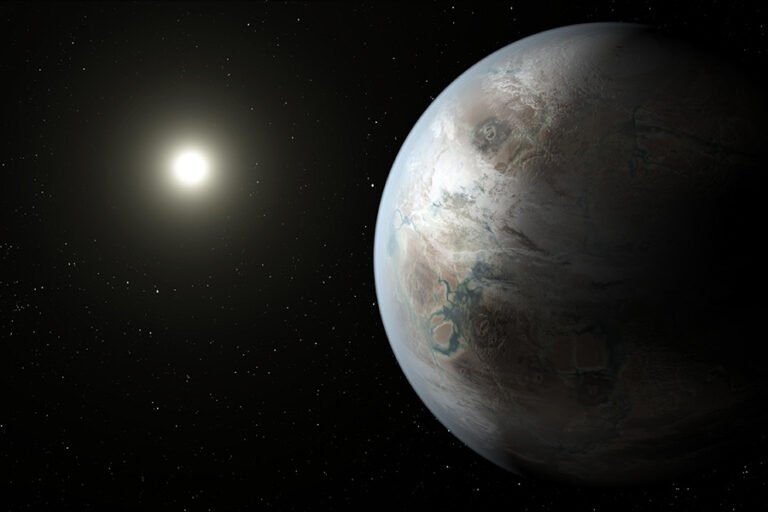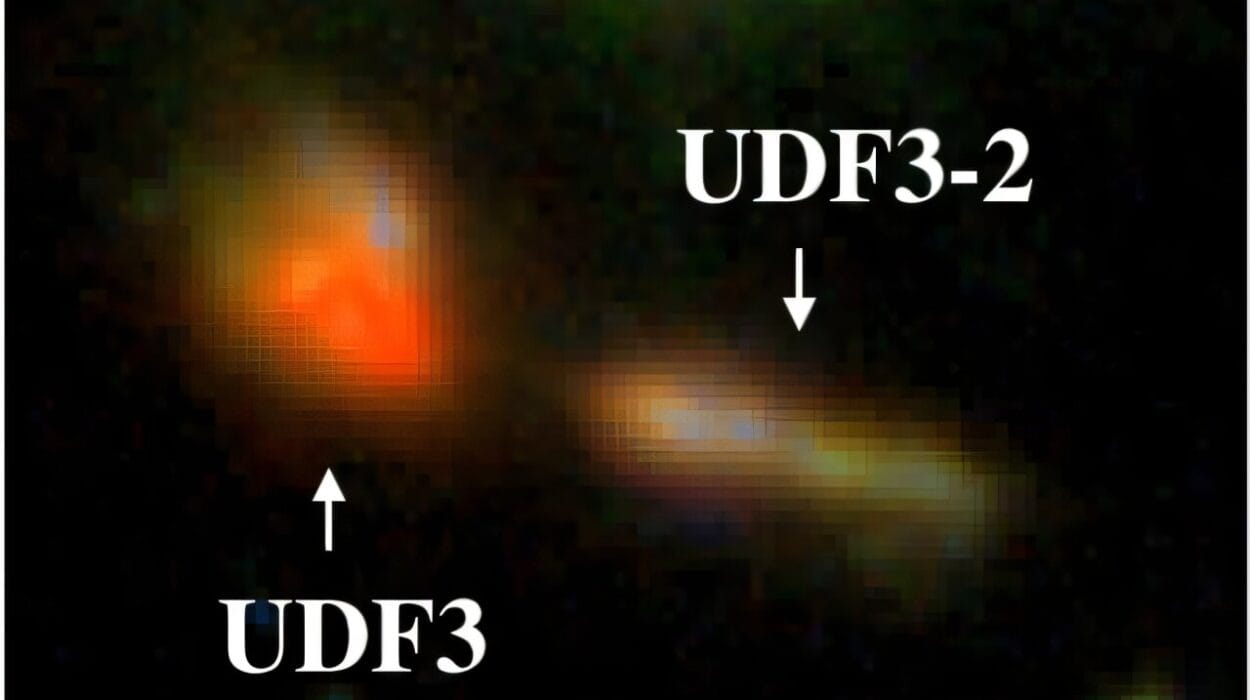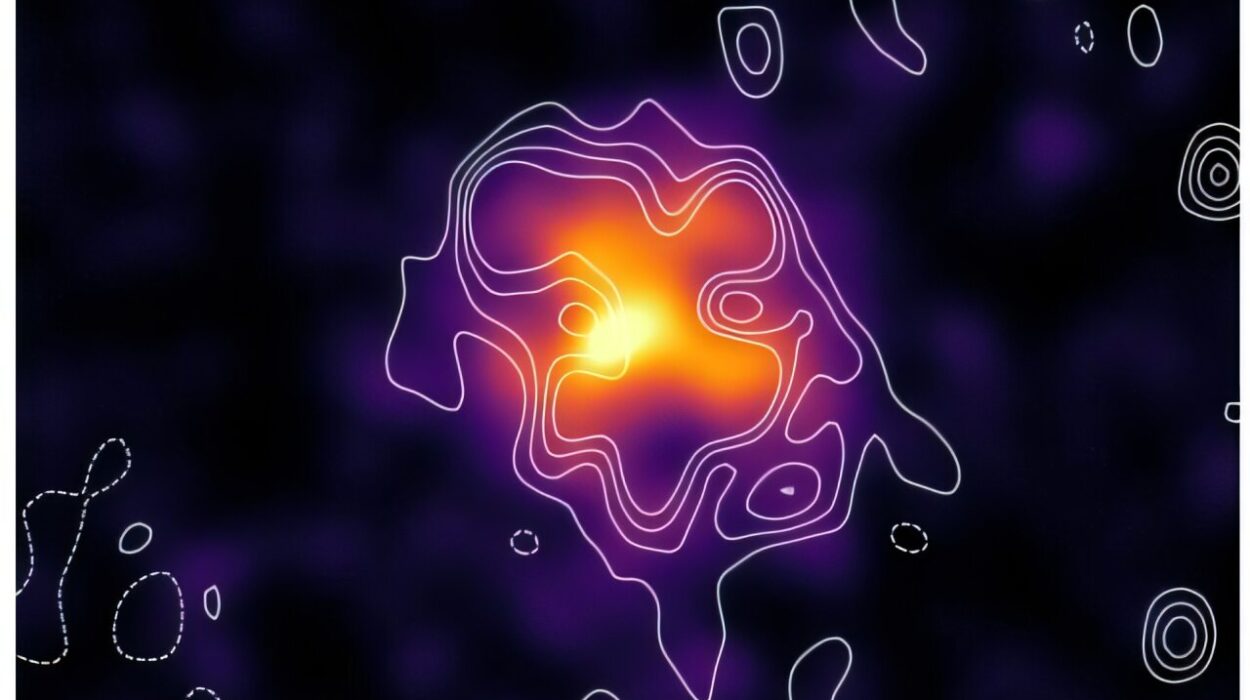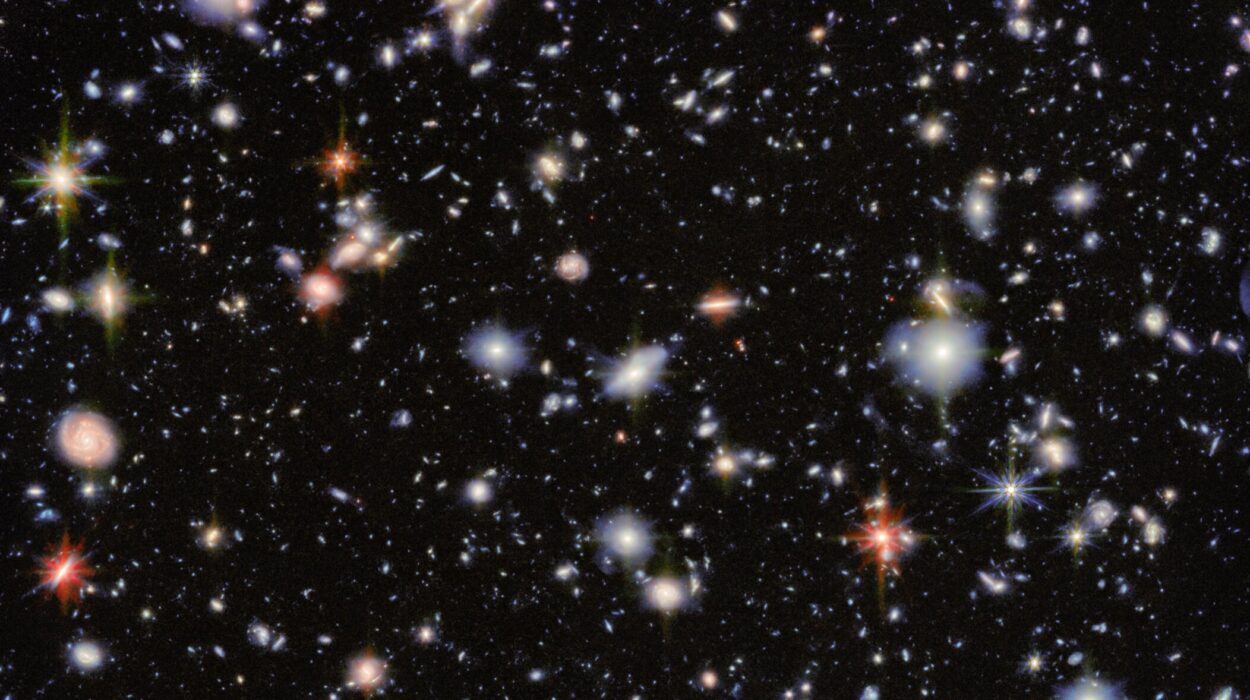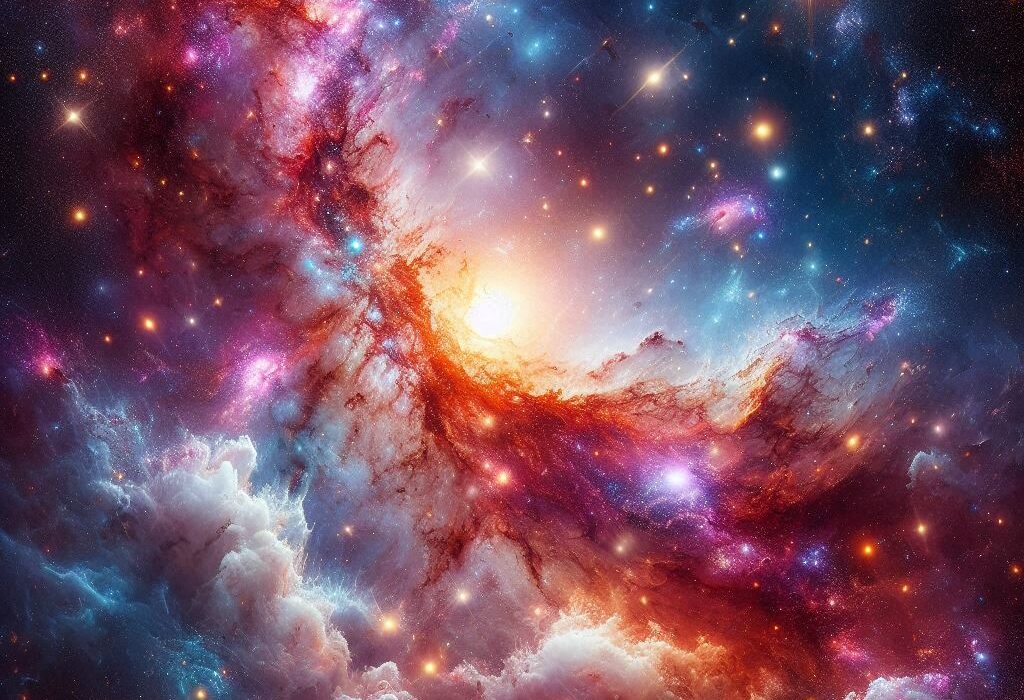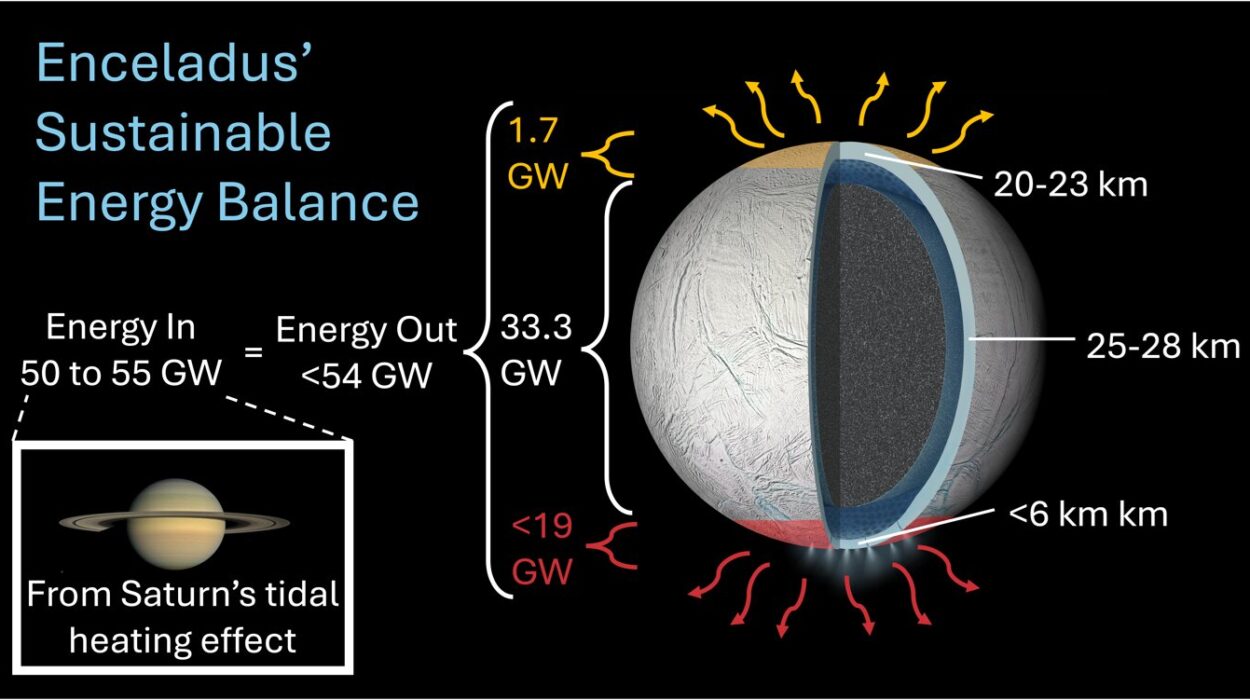The search for extraterrestrial life has fascinated humanity for centuries. While many of us have peered through telescopes in wonder, or listened to speculative theories about aliens, science has gradually revealed something that might seem both simple and extraordinary: the conditions required for life may not be as rare as we once thought. It turns out, the right kind of environment for life is not only possible but is likely scattered throughout the universe, waiting to be discovered. The key to understanding where life might thrive outside Earth lies in a concept known as the Goldilocks Zone. It’s a term that has captured the imagination of scientists, astronomers, and dreamers alike—an area where conditions are “just right” for life to flourish.
What is the Goldilocks Zone?
At the heart of the search for life beyond Earth lies the concept of the “Goldilocks Zone.” This zone, also called the habitable zone, refers to the region around a star where conditions are neither too hot nor too cold for liquid water to exist on a planet’s surface. Water, as we know, is essential for life. Without it, the chemical reactions that sustain life simply wouldn’t occur. The Goldilocks Zone is, therefore, a critical factor when scientists search for exoplanets—planets that orbit stars outside our solar system—that could harbor life.
The term “Goldilocks” itself comes from the fairy tale “Goldilocks and the Three Bears.” In this story, Goldilocks tries out three bowls of porridge—one too hot, one too cold, and one just right. The “just right” porridge is where she finds comfort, and in the same way, the Goldilocks Zone represents the “just right” conditions for life.
A planet located in the Goldilocks Zone around its star would have temperatures that allow water to exist in its liquid form, creating a stable environment where life could evolve and survive. But finding this “just right” environment is not as simple as looking for planets in the habitable zone; scientists must consider a variety of other factors that affect a planet’s ability to support life.
The Science Behind the Goldilocks Zone
The concept of the Goldilocks Zone is grounded in physics, primarily the relationship between a planet’s distance from its star and the star’s luminosity (its brightness and energy output). These two factors play a central role in determining the surface temperature of a planet.
The Role of Distance
The Goldilocks Zone is different for every star. The size and temperature of a star influence how far the habitable zone extends. For example, a smaller, cooler star (known as a red dwarf) has a habitable zone much closer to the star, while a larger, hotter star (like our Sun) has a Goldilocks Zone farther out.
For our own Sun, the Goldilocks Zone extends roughly from about 93 million miles (150 million kilometers) to 1.5 times that distance. This range includes Earth, which is positioned near the middle of the habitable zone, where temperatures are just right for liquid water to exist on its surface.
However, distance alone isn’t enough to guarantee that a planet will have the necessary conditions for life. The planet’s atmosphere, composition, and various other factors must also be considered.
The Role of the Atmosphere
A planet’s atmosphere is another critical factor in determining whether it can maintain liquid water. The atmosphere acts as a protective shield, regulating temperature, shielding the surface from harmful radiation, and preventing extreme temperature fluctuations. If the atmosphere is too thick, it can trap heat and cause a runaway greenhouse effect (like Venus), while if it’s too thin, the planet may not retain enough warmth to support liquid water (like Mars).
Earth’s atmosphere is composed of a delicate balance of gases, including oxygen, nitrogen, and carbon dioxide, which allow the planet to maintain a stable climate. An atmosphere that is similar to Earth’s could help regulate the temperatures of a planet in the Goldilocks Zone, making it a more likely candidate for supporting life.
The Impact of the Planet’s Size
The size of the planet also plays an important role in determining whether life could exist. Too small, and the planet may lack the gravity needed to retain a thick atmosphere; too large, and the planet could have extreme pressure and temperatures that would make life difficult to sustain. Earth, with its moderate size and gravity, is perfectly suited for holding onto its atmosphere and sustaining life.
Searching for the Goldilocks Zone
Finding planets in the Goldilocks Zone is a major focus of modern astronomy. Thanks to advances in telescope technology and space missions, astronomers have been able to identify thousands of exoplanets, some of which may be located in the habitable zone of their stars.
The most notable project in this search is NASA’s Kepler Space Telescope, which has revolutionized our understanding of exoplanets. Kepler’s primary mission was to observe a small patch of the sky and identify planets in the Goldilocks Zone. Using the transit method, Kepler detected small dips in the brightness of stars when planets passed in front of them. Over the course of its mission, Kepler found thousands of potential exoplanets, many of which were within their star’s habitable zone.
However, the discovery of a planet in the Goldilocks Zone is just the beginning. The next step is to analyze the planet’s atmosphere, composition, and other factors to determine if it has the conditions necessary for life. This is where telescopes like the James Webb Space Telescope come into play. Launched in 2021, Webb is designed to study exoplanet atmospheres in great detail, allowing scientists to identify key markers of habitability, such as the presence of water vapor, oxygen, and methane.
Extremophiles: Life in the Extreme
One of the most fascinating developments in the search for extraterrestrial life is the discovery of extremophiles—organisms on Earth that thrive in conditions previously thought to be inhospitable. From bacteria living in the acidic hot springs of Yellowstone National Park to creatures surviving at the bottom of the Mariana Trench, extremophiles have expanded our understanding of the possible environments where life can exist.
This discovery has led some scientists to broaden the definition of the Goldilocks Zone. While the traditional Goldilocks Zone refers to a region with temperatures suitable for liquid water, some researchers now believe that life could exist in a wider range of environments, depending on the type of organisms involved.
For example, some extremophiles can survive in environments with extremely high temperatures, such as those found near hydrothermal vents on the ocean floor. Others can live in highly acidic or alkaline conditions, or even in the vacuum of space itself. The discovery of these resilient organisms has led scientists to speculate that life may exist on other planets and moons in forms that are very different from anything we see on Earth.
For instance, one of the prime targets for future exploration is Europa, one of Jupiter’s moons. Europa is covered in a thick layer of ice, beneath which there is evidence of a subsurface ocean. Although the surface is frozen, the ocean beneath could potentially harbor life, as it may be kept warm by tidal forces from Jupiter’s gravity. If life does exist there, it could be very different from the life we know, thriving in the darkness and extreme cold of Europa’s deep ocean.
Similarly, Enceladus, one of Saturn’s moons, has been shown to have water plumes shooting out from beneath its icy surface, suggesting the presence of a liquid ocean underneath. These moons, along with others like Titan, Saturn’s largest moon, are prime candidates for future missions seeking life beyond Earth, as they may harbor environments where life could survive despite the lack of a traditional habitable zone.
The Future of the Goldilocks Zone
The discovery of exoplanets in the Goldilocks Zone is only the beginning. As technology improves, scientists are developing new methods for studying distant planets and their potential for habitability. The James Webb Space Telescope, which is already providing new insights into exoplanet atmospheres, is only the first step. Future space telescopes, such as the Nancy Grace Roman Space Telescope, will provide even more detailed information about exoplanets, potentially allowing us to directly detect signs of life, known as biosignatures.
The development of new techniques, such as the study of alien biosignatures in exoplanet atmospheres, will be crucial in answering one of humanity’s biggest questions: Are we alone in the universe? If life exists on other planets, it would have profound implications for our understanding of biology, evolution, and our place in the cosmos.
The Search for Extraterrestrial Intelligence
In addition to searching for microbial life, the search for intelligent extraterrestrial life also relies on the concept of the Goldilocks Zone. If life can exist in the habitable zones of other stars, it’s possible that advanced civilizations could also arise. This has led to the development of projects like the Search for Extraterrestrial Intelligence (SETI), which listens for signals from distant civilizations.
The discovery of intelligent life would be one of the most groundbreaking events in human history. It would change the way we think about our place in the universe and raise profound questions about the nature of life itself.
Conclusion: The Possibilities Are Endless
The Goldilocks Zone represents a concept that is both simple and profound: the right conditions for life to flourish. While Earth is our home, it is not the only planet that could support life. As we continue to explore the cosmos, the discovery of exoplanets in the Goldilocks Zone offers the tantalizing possibility that we are not alone in the universe.
The search for life beyond Earth is far from over, and each new discovery brings us closer to answering one of the most fundamental questions of all: Are we alone? As our technology improves and our understanding of the universe deepens, the dream of finding life in the Goldilocks Zone may one day become a reality, forever changing our understanding of life and our place in the cosmos.
